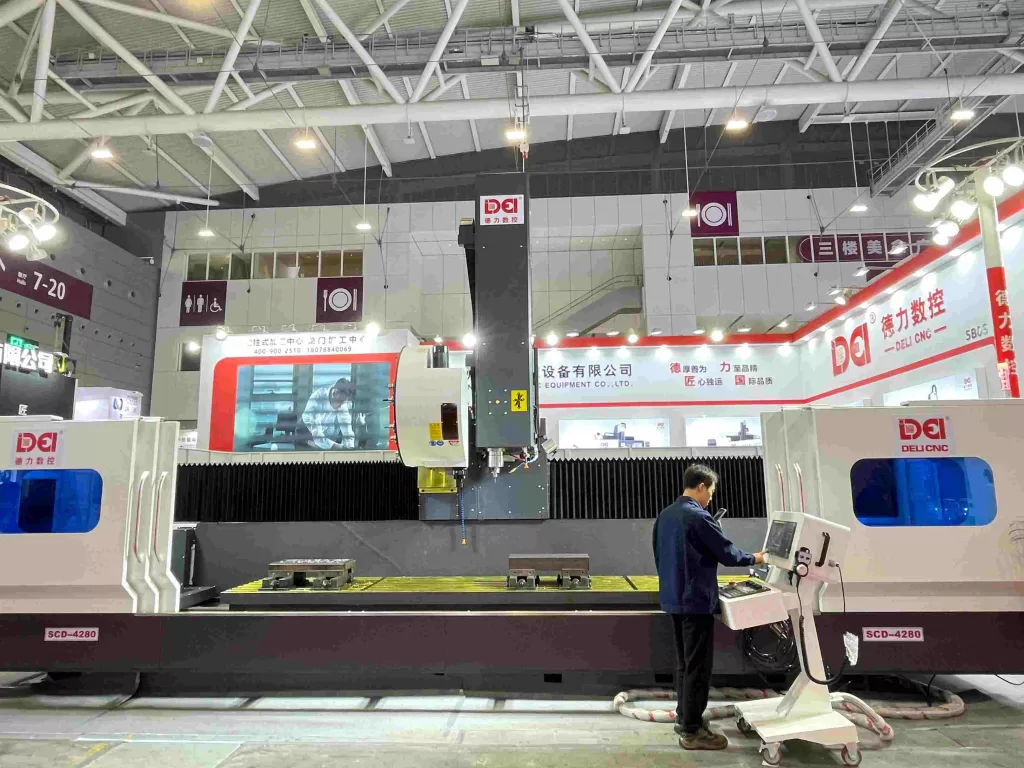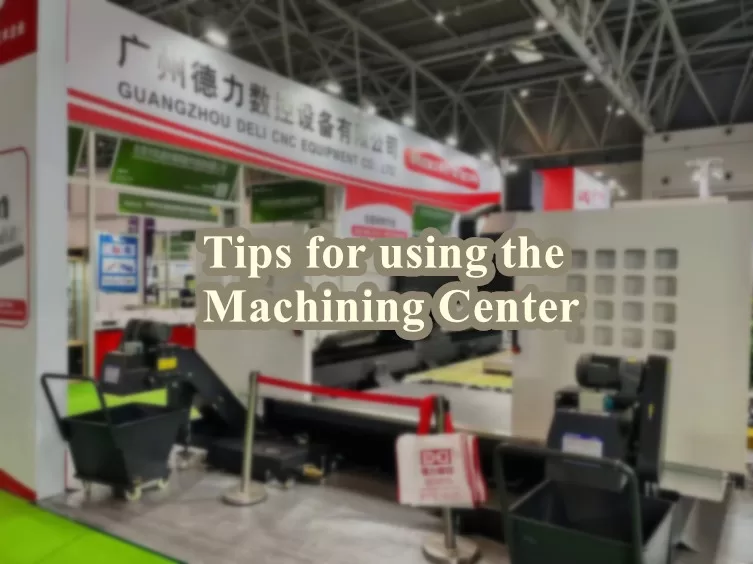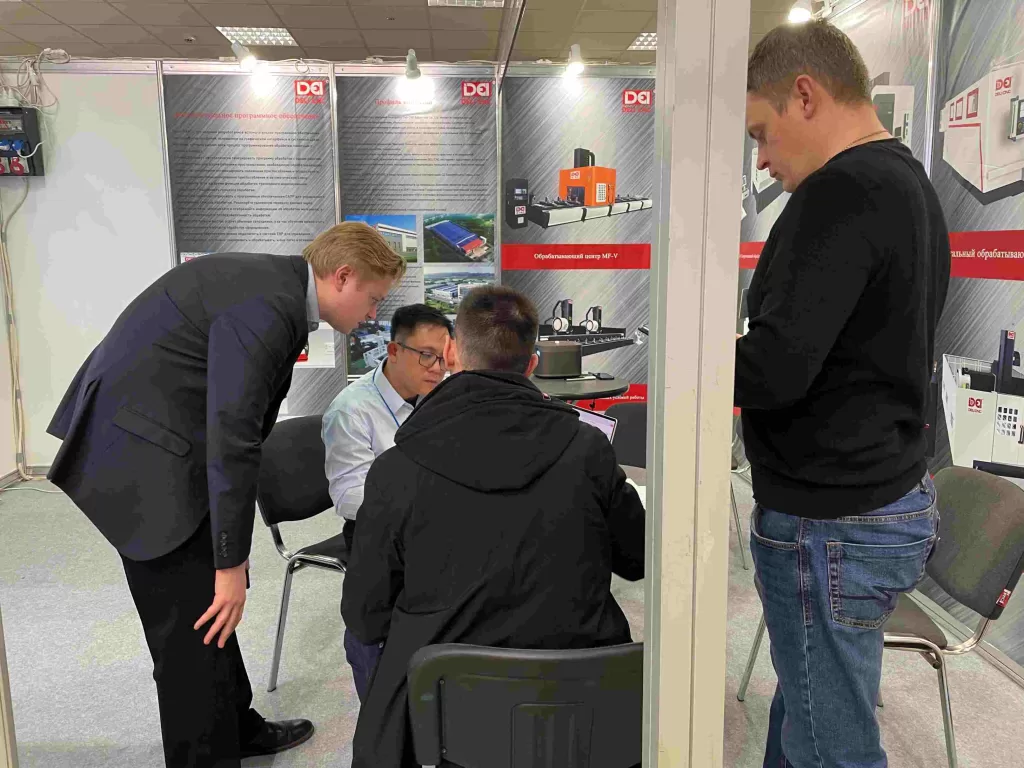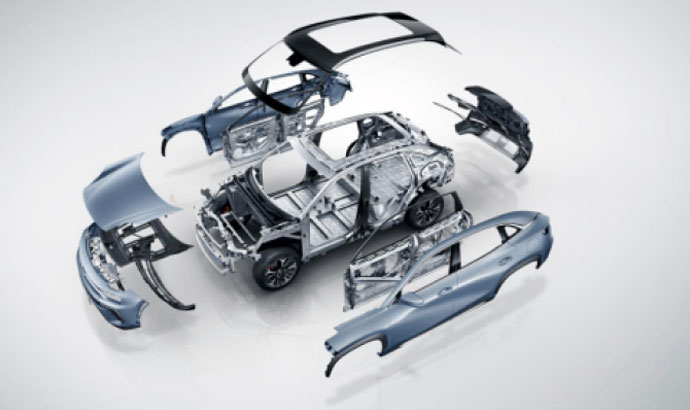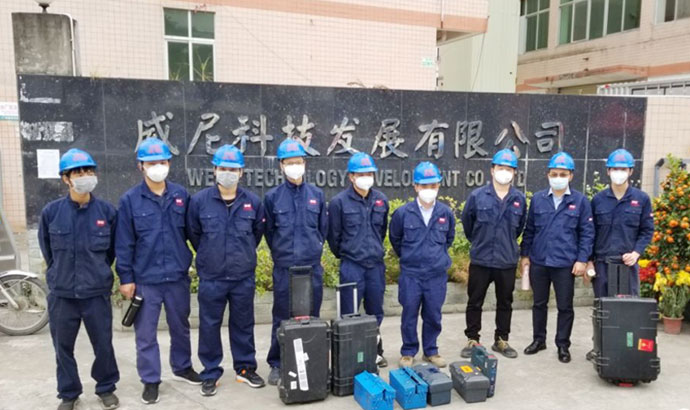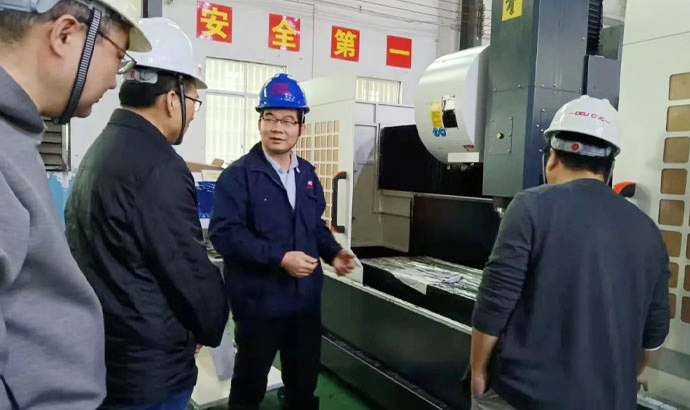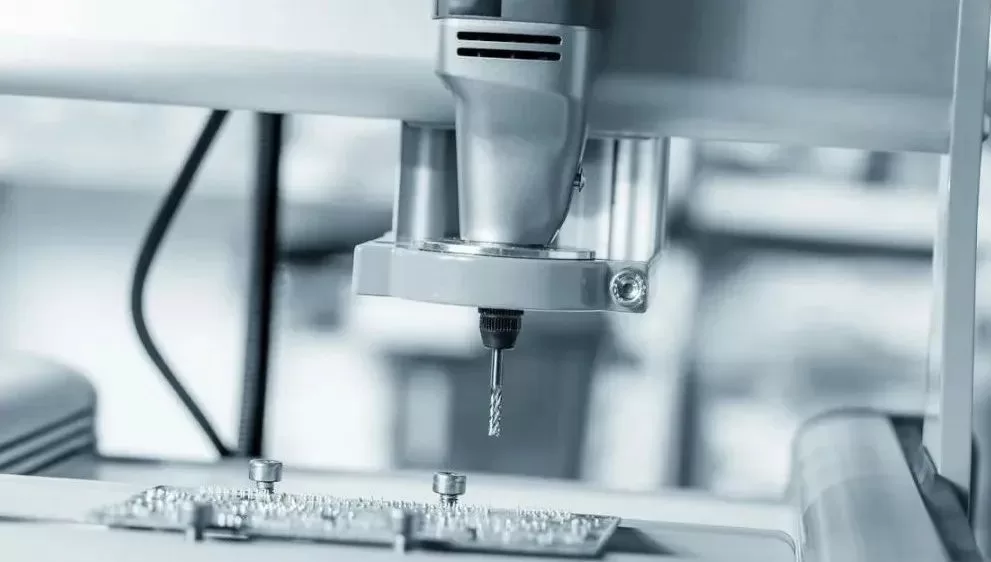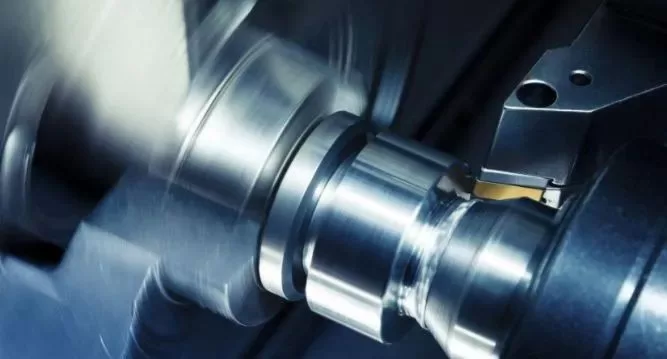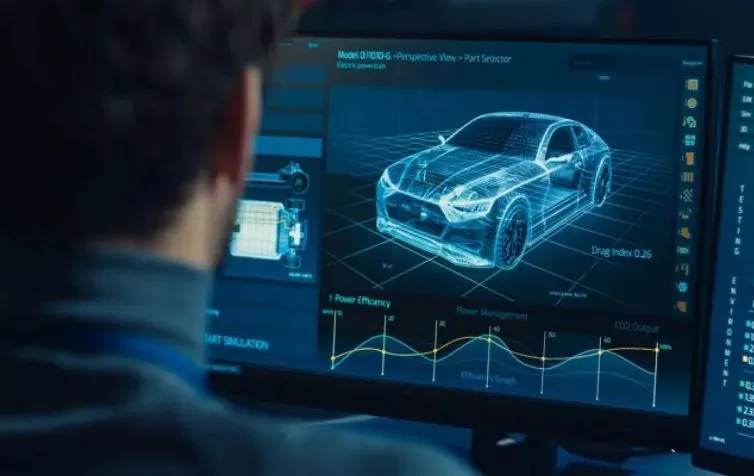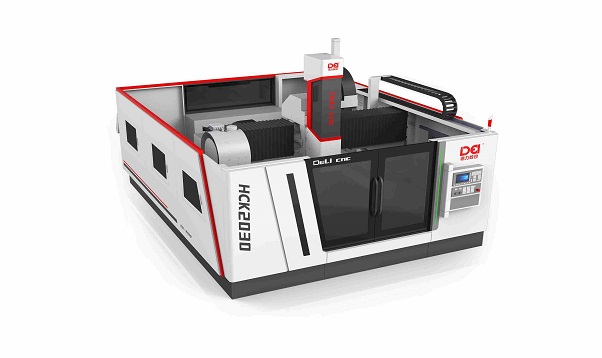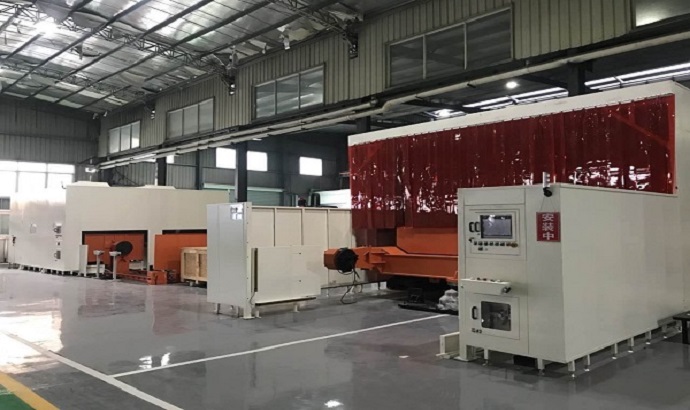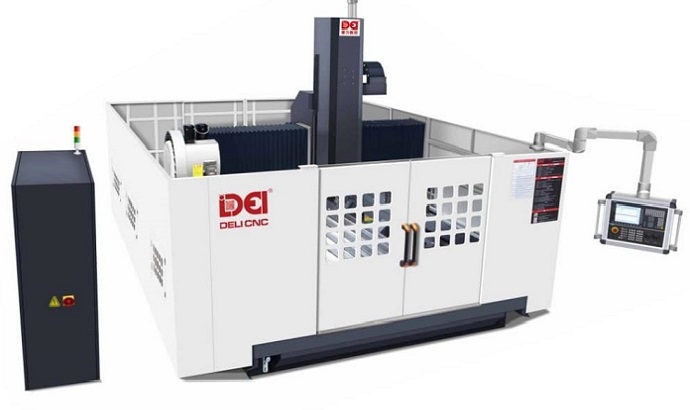Analysis of CNC machine tools
There are two types of CNC machine tools: one without a tool magazine is called CNC milling, and one with a tool magazine is called CNC machining center. CNC is an automated machine tool equipped with a program control system. The control system can logically process programs with control codes or other symbolic instructions and decode them to make the machine tool move and process parts.
A machining center refers to a CNC machine tool equipped with a tool magazine, with automatic tool changing function, and can perform multi-process processing on workpieces after one clamping.
The machining center is a highly mechatronic product. After the workpiece is clamped, the CNC system can control the machine tool to automatically select and replace tools according to different processes, automatically set the tool, automatically change the spindle speed, feed amount, etc.
It can continuously complete drilling and boring. , milling, reaming, tapping and other processes. Therefore, it greatly reduces the workpiece clamping time, measurement and machine tool adjustment and other auxiliary process time, and has good economic effects for processing parts with complex shapes, high precision requirements, and frequent variety changes.
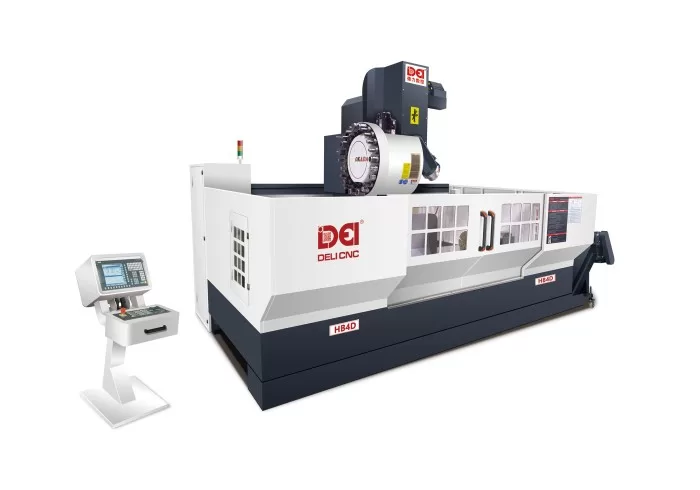
Machining centers are usually classified based on the relative position of the spindle and the worktable, and are divided into horizontal, vertical and universal machining centers.
1) Horizontal machining center: refers to a machining center with the spindle axis and the workbench set parallel to each other. It is mainly suitable for processing box-type parts.
2) Vertical machining center: refers to a machining center with the spindle axis set perpendicularly to the workbench. It is mainly suitable for processing complex parts such as plates, disks, molds and small shells.
3) Universal machining center (also known as multi-axis linkage machining center): It refers to a machining center that can control linkage changes through the angle of the machining spindle axis and the worktable rotation axis to complete complex spatial surface processing. It is suitable for processing workpieces such as impeller rotors, molds, and cutting tools with complex spatial surfaces.
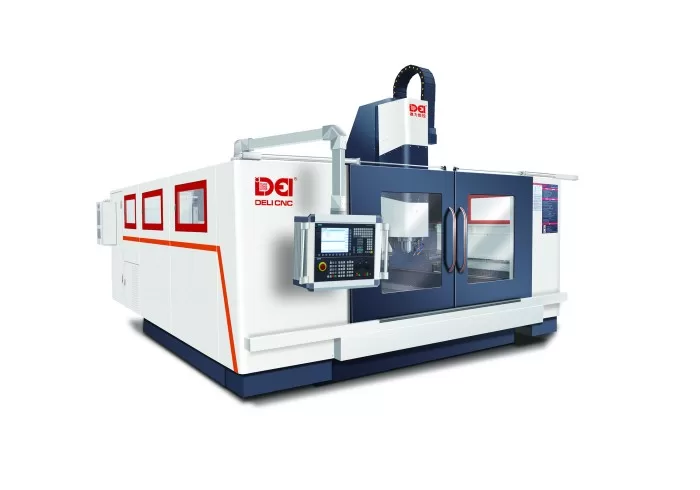
-
28-11-2023Deli CNC appeared at DMP Greater Bay Area Industrial Expo
-
20-11-2023Tips for using the Machining Center(3)
-
14-11-2023Tips for using the Machining Center(2)
-
08-11-2023Tips for using the Machining Center : How to set the tool in the machining center?
-
27-10-2023DELI CNC in the TECHNOFORUM & RUSWELD 2023
-
25-10-2023Analysis of CNC machine tools
-
23-09-2022Deli CNC’s Role in New Energy Vehicle Manufacturing
-
23-09-2022Deli CNC Helps the Epidemic Production War! Increase Production Capacity of Masks
-
23-09-2022The Innovation Center Working Group Visited the Shareholder Company Deli CNC
-
23-09-2022Guangzhou Deli CNC, A Caring Enterprise of China’s Civil Construction, Donated Anti-epidemic Materials in Baiyun District
-
05-12-2023Metal processing industry in Automotive manufacturing
-
03-11-2023Prospects for the Metal processing industry in Automotive manufacturing
-
31-10-2023Industry Observation丨Many Chinese new energy vehicle industry chain companies have received capital investment from the Middle East
-
20-10-2023Explore new development trends in the Metal Processing industry
-
17-10-2023Enlightenment of changes in the automobile industry on the machine tool industry
-
06-03-2023How Does 5 Axis CNC Machining Technology Change Automobile And Aviation Manufacturing?
-
14-12-2022CNC Five-axis Machining Center Creates The High-end Tools Market
-
22-11-2022What Is CNC Machining Center Equipment ?
-
23-09-2022Deli CNC Warmly Welcomes the Exchange Group of Guangdong Door and Window Association to Visit and Exchange


